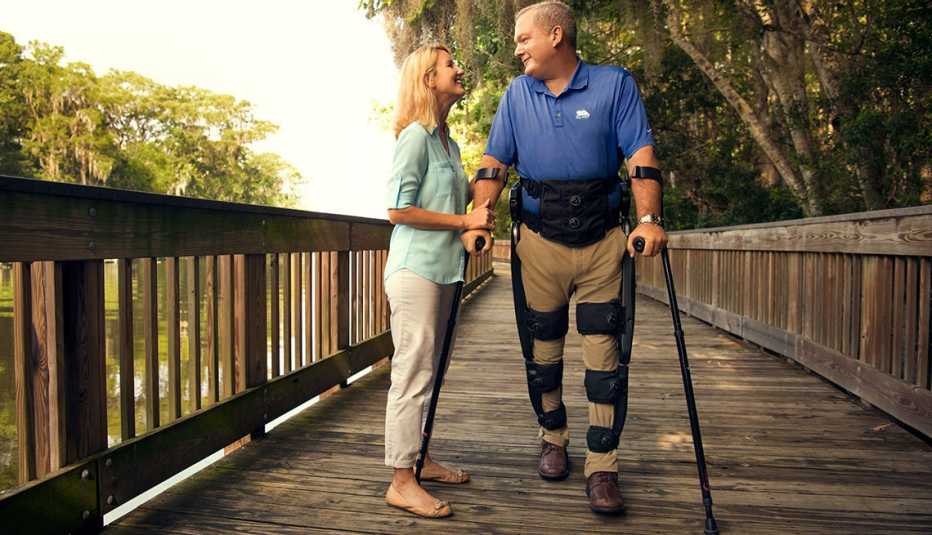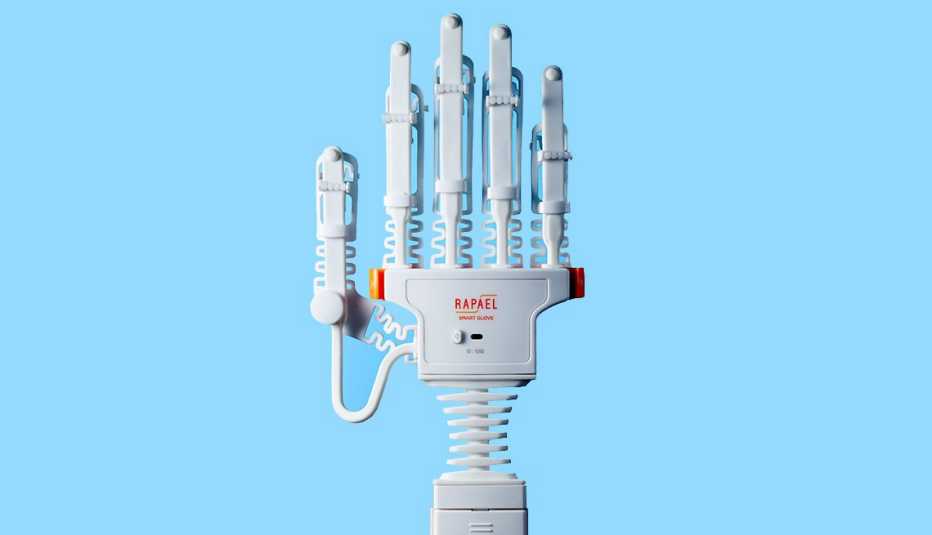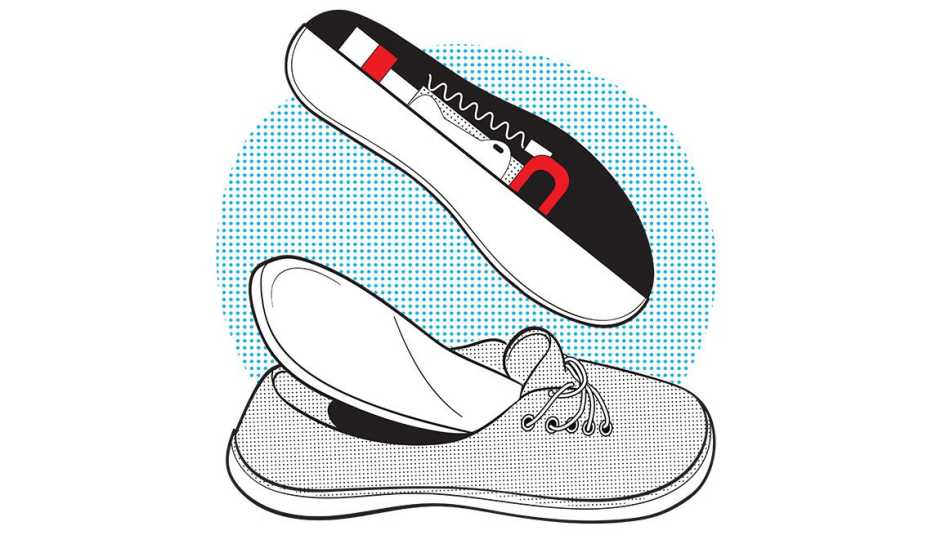Staying Fit


Pioneering drugs that remedy once-intractable diseases; clever products that make everyday living easier for people with injury or illness; innovative technologies that provide relief at a touch of a button — by all measures, 2017 has been a year of astounding health care advancements. Here are some of the ways medical trailblazers and researchers are creating fresh possibilities for you and your family.


Walking With An Exoskeleton


AARP Membership— $12 for your first year when you sign up for Automatic Renewal
Get instant access to members-only products and hundreds of discounts, a free second membership, and a subscription to AARP the Magazine.
Ever since he was injured in a Jet Ski explosion 12 years ago, Rick Hart has striven to stay mobile despite leg paralysis. In 2014, he strapped on a robotic exoskeleton called Indego for a research study and fulfilled a dream. “My wife, Laura, and I ate lunch in the courtyard, and for the first time we could walk across the grass together,” says Hart, 52, of Palm Harbor, Florida. Two models of battery-powered robotic exoskeletons — Indego and ReWalk — have received FDA approval. Another, the Ekso GT, got the OK in 2016 for use in rehabilitation by stroke survivors and some people with spinal cord injuries. The devices may cut the risk for wheelchair-user health complications such as digestive problems, heart disease and brittle bones. But a key appeal is social. “I can talk to people face to face,” Hart says. “I’m 5 feet 11 inches tall again.” —Sari Harrar
Digital Guidance For Physical Therapy
To help patients complete their physical therapy exercises and do them correctly, a company has created a new kind of computerized coach. Reflexion Health’s Virtual Exercise Rehabilitation Assistant, known as VERA, is an augmented-reality program that guides patients through routines prescribed by their physical therapist. On a computer screen, an avatar demonstrates each movement. Next, a motion-sensing camera captures the patient repeating the movement. If the patient’s form is wrong, VERA gives corrections in real time. Sessions are recorded for a physical therapist to view later. —Lexi Pandell




































































More on Health
Monitoring Your Blood Pressure at Home
Why it's so important and how to do it right